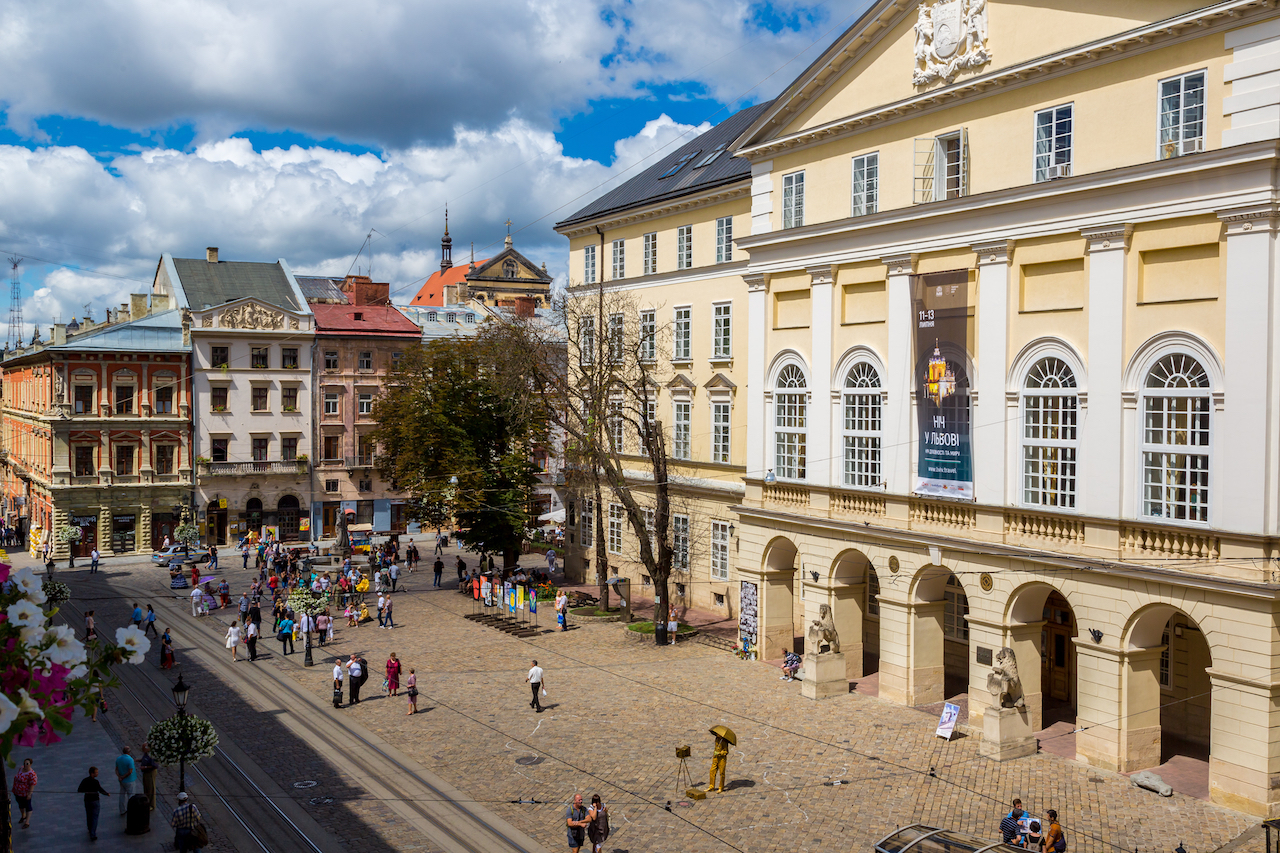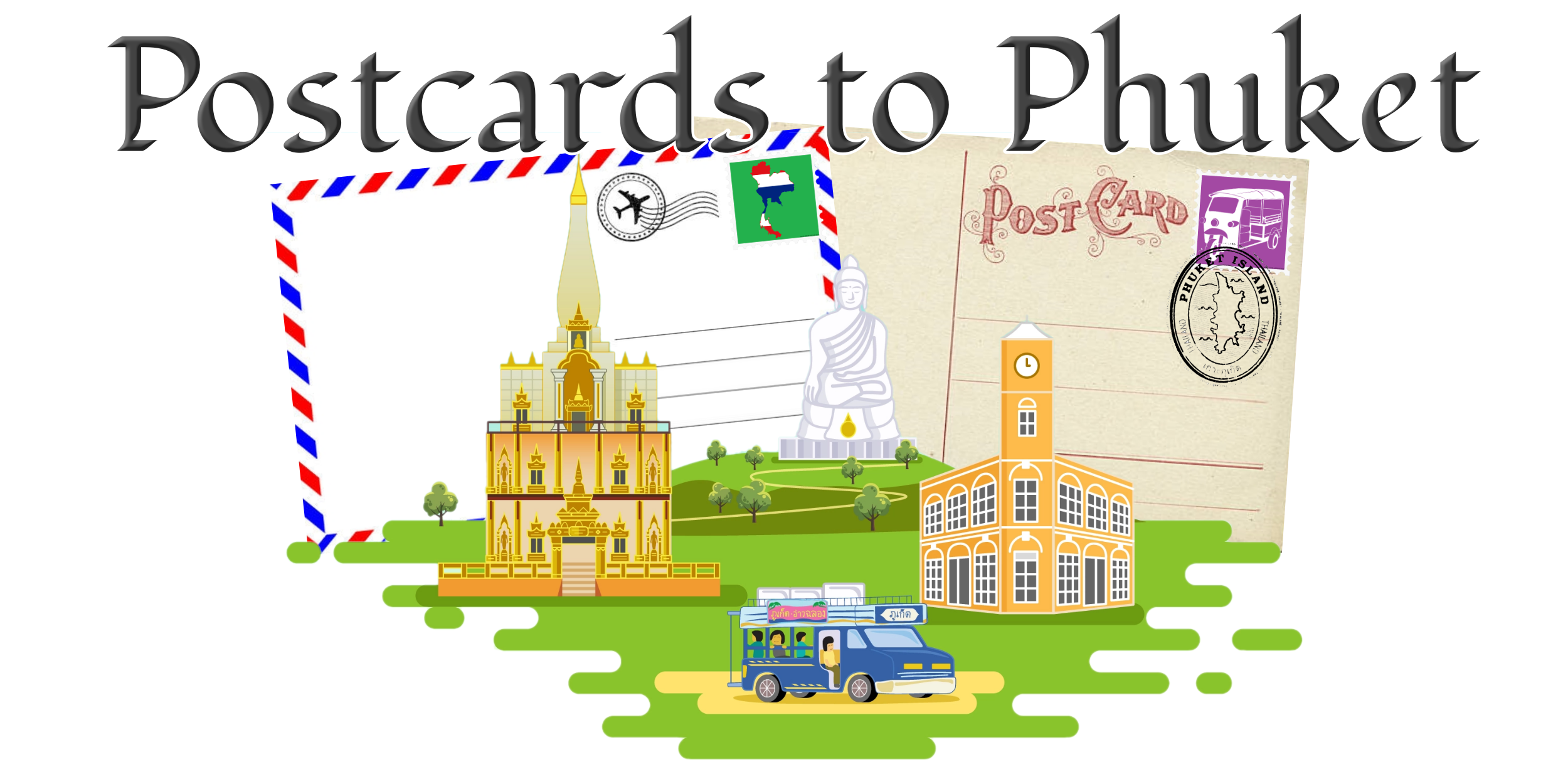

I recently blogged about a card received from Lviv during the current war. This is one that came to me seven and a half years ago using the Postcrossing system. Ironically, this card is also a product of the Farion line published in Lviv.
Lviv (Львів) is the largest city in western Ukraine, and the sixth-largest in Ukraine, with a population of 717,510. It serves as the administrative center of Lviv Oblast and Lviv Raion, and is one of the main cultural centers of Ukraine. It was named in honor of Leo, the eldest son of Daniel, King of Ruthenia. Lviv is also historically known as Russian Львов (Lvov), Polish Lwów, German Lemberg, Yiddish Lemberik (לעמבעריק) as well as a number of other names.

Lviv emerged as the center of the historical regions of Red Ruthenia and Galicia in the 14th century, superseding Halych, Chełm, Belz and Przemyśl. It was the capital of the Kingdom of Galicia–Volhynia from 1272 to 1349, when it was conquered by King Casimir III the Great of Poland. From 1434, it was the regional capital of the Ruthenian Voivodeship in the Kingdom of Poland. In 1772, after the First Partition of Poland, the city became the capital of the Habsburg Kingdom of Galicia and Lodomeria. In 1918, for a short time, it was the capital of the West Ukrainian People’s Republic. Between the wars, the city was the center of the Lwów Voivodeship in the Second Polish Republic. After the German-Soviet invasion of Poland in 1939, Lviv became part of the Soviet Union.
The once large Jewish community was sharply reduced in number by the Nazis during the Holocaust. For decades there was no working synagogue in the city after the final one was closed by the Soviets. The once predominant Polish population was for the greatest part sent to Poland in the context of a population exchange between Poland and Soviet Ukraine in 1944–1946.

The historical heart of the city, with its cobblestone streets and architectural assortment of Renaissance, Baroque, Neo-classicism and Art Nouveau, survived Soviet and German occupations during World War II largely unscathed. Due to its Mediterranean aura, many Soviet movies set in places like Venice or Rome were actually shot in Lviv. In 1991, Lviv became part of the independent nation of Ukraine.
Lviv is one of Ukraine’s most important cultural centers. It is known as a center of art, literature, music and theatre. Nowadays, the evidence of the city’s cultural richness is the number of theatres, concert halls, and creative unions, and the high number of artistic activities (more than 100 festivals annually, 60 museums, and 10 theatres). Lviv’s historic center has been on the United Nations Educational, Scientific and Cultural Organization (UNESCO) World Heritage list since 1998. UNESCO gave the following reasons for its selection:

Criterion II: In its urban fabric and its architecture, Lviv is an outstanding example of the fusion of the architectural and artistic traditions of central and eastern Europe with those of Italy and Germany.
Criterion V: The political and commercial role of Lviv attracted to it a number of ethnic groups with different cultural and religious traditions, who established separate yet interdependent communities within the city, evidence for which is still discernible in the modern town’s landscape.



